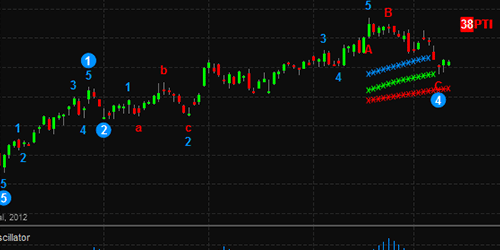

But how do you spot a trend? It's difficult, as the market never moves in a straight line. This means if both volumes and prices are increasing, it may be the last leg of the rally. Big volumes and large moves sometimes throw up big tops and bottoms, says Barrett. "Volume is misread by a lot of people," says John Barrett, an instructor at Online Trading Academy, which teaches stock trading. Generally, higher volumes with higher price rise indicate an uptrend, but it should not be considered a thumb rule.

Once you zero in on the stock, look at its volumes and price trends. For example, if they expect a stock to rise 10% in three days, they set a stop-loss at a point the price falls by 3%. Big traders generally fix stop-loss at about one-third of the expected profit. Generally, stop-loss is fixed at 1.5-2%, which means the stock is sold if it falls 1.5-2% below the purchase price. Identifying the right stock and fixing a stop-loss level is a must, says Paul. Those who don't understand the concept should see to it that the difference between intra-day high and intra-day low prices of a stock is at least Rs 10. This means if the index rises 1%, the stock should rise by more than 1%. While volume should ideally be at least 500,000 shares, the stock should have a high beta, or volatility. Good volume and volatility are a must to gain from trading.


 0 kommentar(er)
0 kommentar(er)
